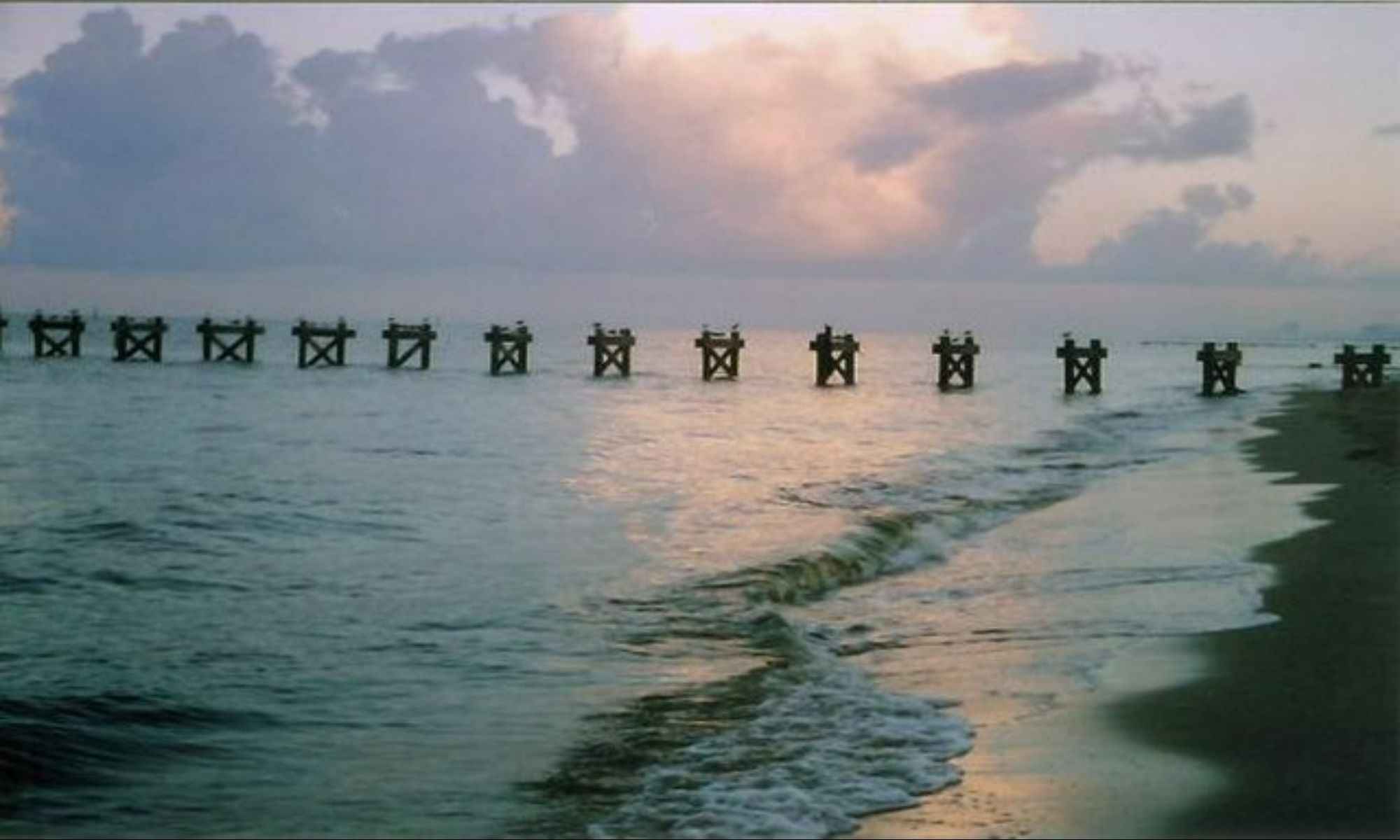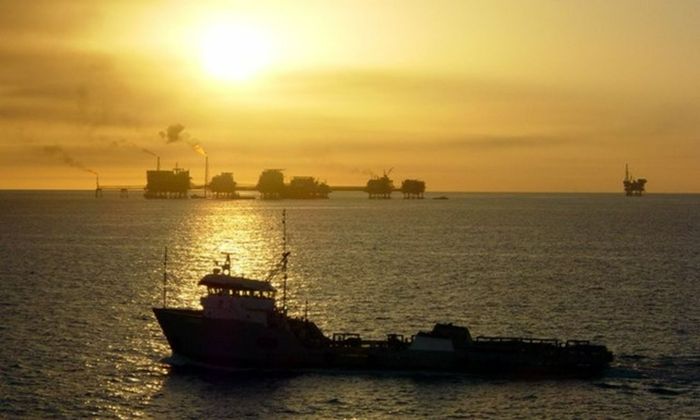Oil Spill Effects on Dolphins, Sea Turtles, and Fishing in the Gulf of Mexico
Find out how the BP oil spill continues to affect the marine species in the Gulf of Mexico and the Atlantic Coast.

Oil spills are a usual occurrence in US waters. Though many are small and may spill less than a barrel, big ones have become more common since the Santa Barbara, California oil well blowout of 1969. Since then, at least 44 oil spills have occurred, the biggest one recorded being the 2010 Deepwater Horizon well blowout which greatly affected the Gulf of Mexico.

The Gulf of Mexico is one of the richest fisheries in the world, home to a range of commercially in-demand marine species such as tuna, red snapper, grouper, mullet, menhaden, blue crab, stone crab, crawfish, and shrimp. It supplies thousands of commercial fishery jobs in Florida, Louisiana, and Texas. In recreational fisheries, 28% of recreational fishing trips are taken in the Gulf alone. At the height of the 2010 Deepwater Horizon oil spill crisis and subsequent response, almost 89,000 square miles, or 36% of federal waters in the Gulf, had to be closed to recreational and commercial fishing. The BP oil spill spread its ill effects throughout the Gulf of Mexico, affecting all the wildlife species that inhabit the Gulf coast and beyond, including marine mammals, sea turtles, invertebrates, birds, and fish.
Ten Years After the Deepwater Horizon Oil Spill
1. Effects on Various Dolphin and Sea Turtle Species and Other Cetaceans
During the rescue operations that followed the BP oil spill, many marine species suffered the immediate effects of oil contamination. Up to 7,600 adult and sizeable juvenile sea turtles were estimated to have been killed, along with up to 166,000 small juveniles. Hatchlings, estimated at around 35,000, were also lost during the time.

All 21 marine mammal species found in the Gulf also experienced the oil spill’s adverse effects by either inhaling, ingesting, or swimming in contamination. The oil exposure impacted their lungs the most. Their stress response and immunity were likewise affected. Many of these dolphin species were also directly injured, with common bottlenose dolphins residing in Barataria Bay and Mississippi Sound suffering the most severe injuries of the affected species.
Ten years hence, the effects of the Gulf oil spill can still be felt on the marine life in the area. All the sea turtle species affected during the disaster have become either endangered or threatened. Turtles mature slowly and are known for their complex life cycles, making their population restoration slow and difficult to track. Because of this, it remains to be seen if the sea turtle species in the Gulf can make a complete recovery.
Marine mammal species in the Gulf of Mexico also suffered ten years after the Deepwater Horizon disaster. From 2010 to 2014, the dolphins in Barataria Bay and Mississippi Sound had record-low reproductive success and a low survival rate. An estimated 51% of the dolphin population was lost a decade after the disaster. If no restoration and recovery efforts are made, the marine animals may take more than a hundred years to recover.
We have no idea how oil exposure can affect this marine wildlife long-term.
2. Effects on Fishing and Fish Populations
In an international research effort released ten years after the Gulf oil spill disaster, all 91 fish species, represented by 15,000 individual samples found in the Gulf of Mexico across 359 locations, were found to have all experienced oil exposure. Scientists focused on detecting the levels of polycyclic aromatic hydrocarbons (PAHs), the most toxic crude oil component, in the bile of the sampled fish. Based on the almost decade-long research, the highest levels were found in yellowfin tuna, golden tilefish, and red drum. At least ten grouper species, particularly the yellowedge grouper, are not far behind in terms of exposure. PAHs are typically found in sediments, affecting many fish species that spend their lives on the bottom.
Many fish species residing in the northern Gulf of Mexico, where the Deepwater Horizon spill occurred, are the most affected by its ill effects. The fish population in this gulf area has decreased by up to 80% since the explosion. This decline has likewise resulted in their natural predators’ population dropping. Coastal runoff in the major regions and gas and oil activities released by platforms, boats, and airplanes contribute further to oil pollution. Even the seafloor releases oil. All fish tested during the research contain some level of hydrocarbon in their system, so scientists advocate for regular testing, especially if the fish are meant to be consumed.

Oil contamination can be passed down from generations of fish, but it remains to be seen what its actual effects are. Studies are now in place to track the long-term effects of oil contamination on fish spawning.
Restoration Efforts
As reparations for the oil spill disaster, at least 2.4 billion USD was paid in settlement funds in 2020 to fund habitat and resource restoration. Settlement payments will continue to be paid until 2031. Several federal and state agencies have committed to restoring the Gulf. Until 2020, National Oceanic and Atmospheric Administration (NOAA) led projects to restore habitats and the populations of fish, invertebrates, marine mammals, and sea turtles.



